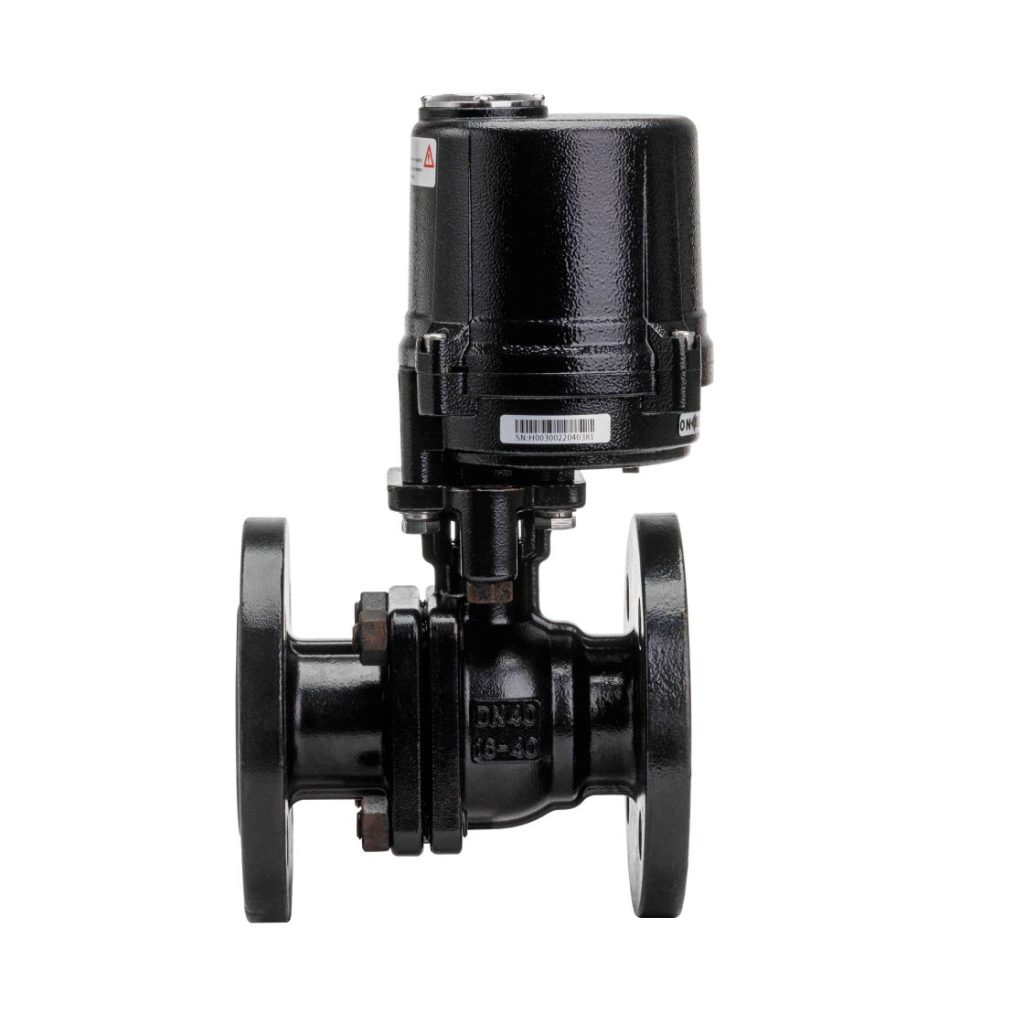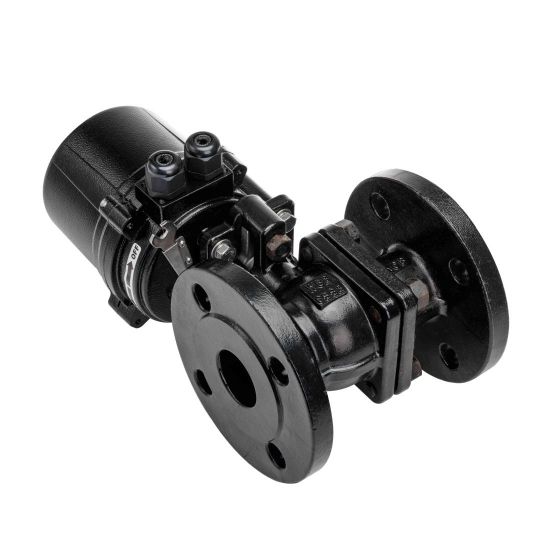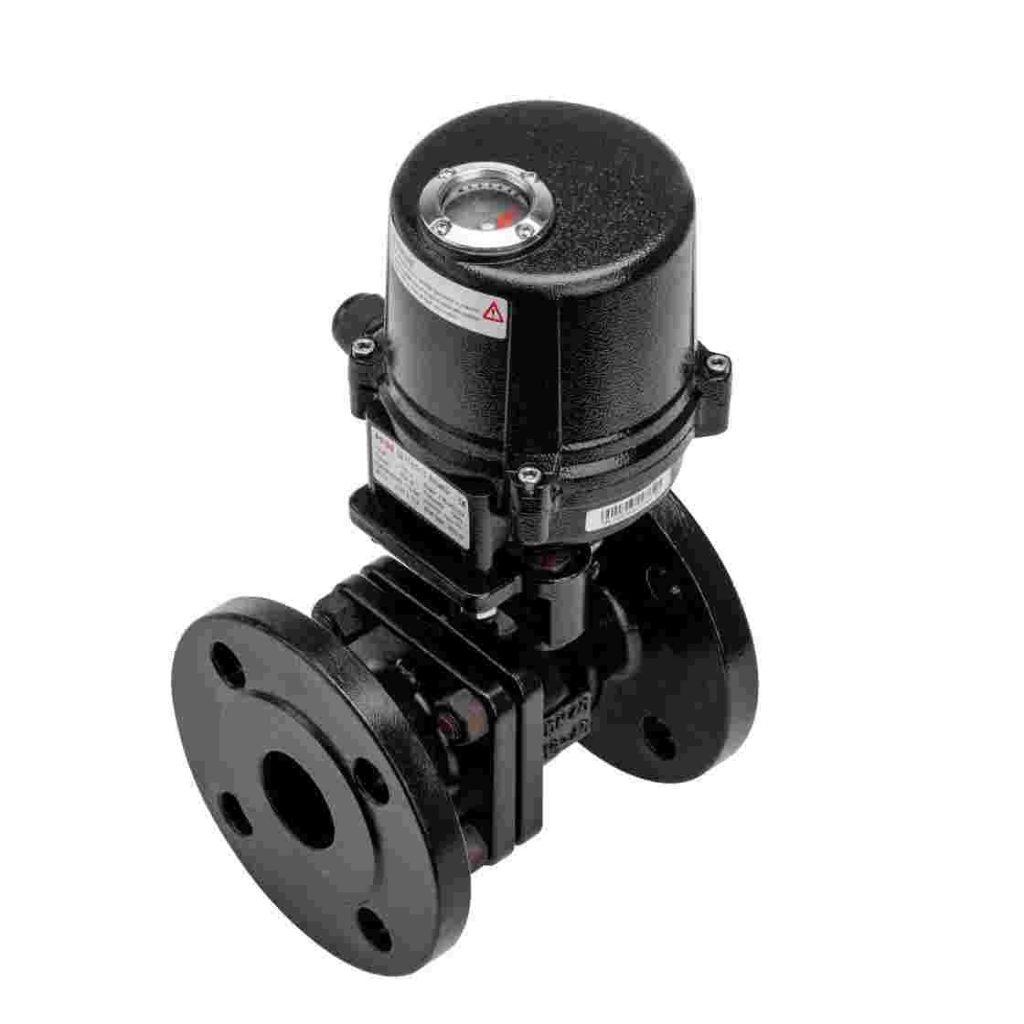The Explosion-proof Electric High Temperature Ball Valve is a critical component used in industries where safety, reliability, and performance are paramount, especially in high-risk environments. With its robust design, this valve is engineered to withstand both extreme temperatures and volatile conditions, ensuring that it operates safely in hazardous, high-pressure systems. This article will delve into the features, benefits, and applications of this essential valve, providing insight into why it is a preferred choice for industries such as oil and gas, chemicals, and metallurgy.

Design and Construction

The design of the Explosion-proof Electric High Temperature Ball Valve is tailored to meet the demanding needs of high-temperature and hazardous environments. The valve body is typically made from high-strength materials such as stainless steel or special alloys, which are resistant to corrosion, erosion, and extreme temperatures. These materials ensure that the valve can endure heat up to 250°C or even higher, depending on the application. One of the most crucial aspects of the valve’s construction is its explosion-proof design. It is equipped with an electric actuator that is specially designed to prevent any sparks or electrical faults that could ignite flammable substances. This feature is essential when the valve is used in environments where explosive gases or volatile liquids are present. The actuator is often encased in a robust housing that complies with international safety standards, such as ATEX or IECEx, which certify the valve’s suitability for use in hazardous zones.
